Tibetan Bell with Dorje
$44.95
The ringing of this traditional bell brings harmony to everything around it, helping to balance both positive and negative energies.
Size: 5″ x 2 1/2″
In stock
Ideas for use
The shattering effect of the bell is used to mark both the beginning and the end of the ritual. The tonal quality of any bell used in LHP rituals should be loud and penetrating, rather than soft and tinkling.
In Satanic ritual
“The priest rings the bell nine times, turning counter clockwise and directing the tolling towards the four cardinal points of the compass. This is done once at the beginning of the ritual to clear and purify the air of all external sounds, and once again at the end of the ritual to intensify the working and act as a pollutionary indicating finality.”
Using a Tibetan bell and dorje (also known as a vajra) together is a practice rooted in Tibetan Buddhism and Vajrayana traditions. These instruments are used in various rituals and ceremonies for their symbolic and practical functions. Here’s a guide on how to use them effectively:
Tibetan Bell (Tingsha or Ghanta):
- Purpose: The bell represents wisdom and is used to invoke clarity and awareness. It is typically used in rituals to purify the space and call upon deities or spirits.
- Sound: The bell produces a clear, resonant tone that is believed to dispel negative energy and promote spiritual awakening.
Dorje (Vajra):
- Purpose: The dorje symbolizes the indestructible nature of enlightenment and is often used to represent the union of wisdom and compassion. It is considered a powerful ritual object that helps in overcoming obstacles and establishing spiritual authority.
- Shape: The dorje is a ritual scepter that typically has a central body with multiple prongs or spikes, representing the unshakable nature of reality.
Preparation for Use
Creating a Sacred Space:
- Clean Environment: Ensure that the space where you are performing the ritual is clean and free from distractions.
- Sacred Setup: Place the Tibetan bell and dorje on a clean cloth or altar. You might also have other ritual objects, offerings, and a visual representation of deities or symbols relevant to your practice.
Using the Tibetan Bell
**1. Ritual Invocation
- Hold the Dorje: Grasp the dorje in your right hand, which represents skillful means and action. Hold it with a firm but respectful grip.
- Ring the Bell: Hold the Tibetan bell in your left hand, which symbolizes wisdom and receptivity. Gently ring the bell to produce a clear, resonant tone.
**2. Performing the Ritual
- Purposeful Ringing: As you ring the bell, focus on the sound and its vibration. The sound should be intentional, reflecting your aim to purify the space, invoke deities, or enhance your meditation.
- Striking the Bell: In some practices, you may strike the bell lightly with the dorje to emphasize specific points in the ritual or to signify transitions between different parts of the ceremony.
- Visualization and Mantras: While using the bell and dorje, you may recite mantras or prayers relevant to your practice. Visualize the energy you wish to invoke or the outcome you desire.
**3. Integration and Symbolism
- Combining Energy: The dorje and bell together symbolize the union of wisdom and compassion. As you use them, focus on this unity and how it reflects in your practice.
- Balance: The bell’s sound can be seen as the embodiment of wisdom, while the dorje represents the unchanging nature of reality. Together, they symbolize the balance and harmony necessary for spiritual practice.
**4. Closing the Ritual
- Final Ringing: End the ritual with a final, clear ringing of the bell to signify the conclusion of your practice.
- Offering and Gratitude: If appropriate, make offerings or express gratitude to any deities, spirits, or energies invoked during the ritual.
**5. Post-Ritual Care
- Store the Instruments: After the ritual, carefully place the bell and dorje in a designated area or container. Ensure they are kept clean and respected.
- Reflection: Take a moment to reflect on the ritual and any insights or feelings that arose. Document your experiences if desired.
Tips for Effective Use
- Mindfulness: Approach the use of the bell and dorje with mindfulness and respect. The intention behind their use is crucial in ensuring the ritual’s effectiveness.
- Regular Practice: Incorporating the use of these instruments into your regular spiritual practice can deepen your connection to the symbols they represent and enhance your overall experience.
- Learning from Tradition: If possible, learn from a qualified teacher or practitioner who can provide guidance on the specific techniques and intentions associated with the use of the Tibetan bell and dorje.
| Weight | 1.3 lbs |
|---|
Only logged in customers who have purchased this product may leave a review.

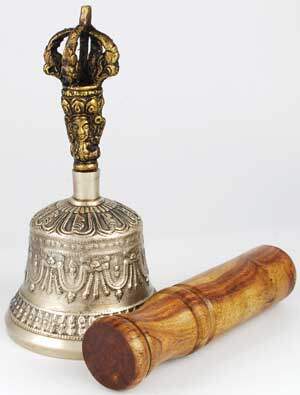
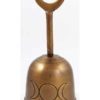
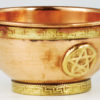

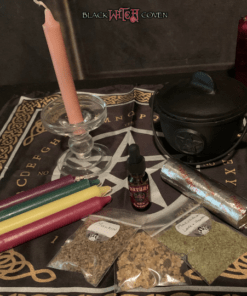






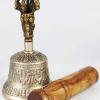
Reviews
There are no reviews yet.